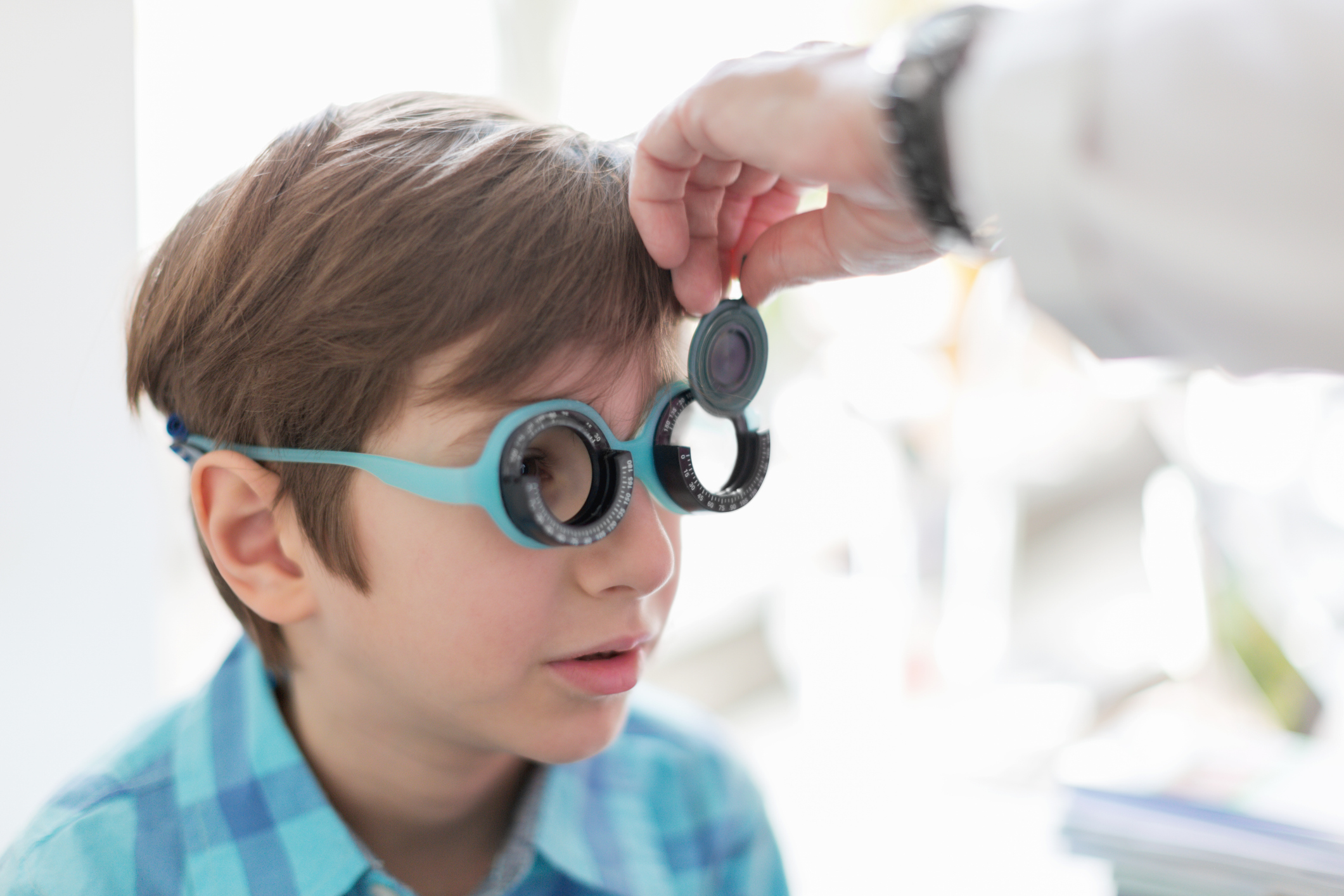Understanding Cone Dystrophy
Introduction
Cone dystrophy is a rare genetic eye disorder that affects the cone cells in the retina, leading to vision impairment. These cone cells are responsible for color vision, central visual acuity, and daylight vision. When they are damaged or dysfunctional, individuals with cone dystrophy experience various visual disturbances. In this article, we delve into the intricacies of cone dystrophy, exploring its causes, symptoms, and available treatment options.
What is Cone Dystrophy?
Cone dystrophy is a rare genetic eye disorder characterized by the degeneration of cone cells in the retina. These cone cells are essential for daylight vision, color perception, and central visual acuity. Unlike rod cells, which function in low-light conditions, cone cells are responsible for clear vision in bright light environments. When cone cells are damaged or dysfunctional, individuals with cone dystrophy experience various visual disturbances, including reduced visual acuity, color vision abnormalities, and increased light sensitivity.
Causes of Cone Dystrophy
The primary cause of cone dystrophy is genetic mutations that affect the development and function of cone cells in the retina. These mutations can be inherited in different patterns, including autosomal recessive, autosomal dominant, or X-linked inheritance. In some cases, cone dystrophy may also result from environmental factors or other medical conditions, although genetic factors play a predominant role in its development. Research suggests that mutations in genes responsible for cone cell structure, function, or maintenance contribute to the pathogenesis of cone dystrophy.
Symptoms of Cone Dystrophy
Symptoms of cone dystrophy can vary in severity and may include:
- Reduced visual acuity: Individuals may experience blurred or decreased central vision, making it difficult to read, drive, or recognize faces.
- Color vision abnormalities: Cone dystrophy often leads to deficiencies in color perception, with individuals experiencing difficulty distinguishing between certain colors or seeing colors as faded or washed out.
- Increased light sensitivity: Many people with cone dystrophy are sensitive to bright light (photophobia) and may experience discomfort or glare in well-lit environments.
- Central scotomas: Some individuals may develop blind spots in the central visual field due to cone cell degeneration, further impairing central vision.
Diagnosis and Treatment
Diagnosis of cone dystrophy typically involves a comprehensive eye examination conducted by an ophthalmologist or a retina specialist. This may include:
- Visual acuity testing: to assess central vision
- Color vision testing: to evaluate color perception
- Imaging studies: such as optical coherence tomography (OCT) or electroretinography (ERG) to assess retinal structure and function
- Genetic testing: to identify underlying genetic mutations associated with cone dystrophy
While there is currently no cure for cone dystrophy, treatment focuses on managing symptoms and slowing disease progression. This may involve:
- Tinted lenses or sunglasses to reduce light sensitivity
- Low-vision aids to improve visual function
- Genetic counseling for individuals and families affected by the condition
- Supportive measures to help individuals cope with visual impairment and maintain quality of life
When to Consult a Doctor
It is essential to consult an eye care professional if you experience any symptoms of cone dystrophy, such as blurred vision, color vision abnormalities, or increased light sensitivity. Early diagnosis and intervention can help optimize visual outcomes and provide appropriate support and resources for individuals with cone dystrophy. Additionally, individuals with a family history of cone dystrophy or other inherited eye disorders should consider genetic counseling to assess their risk and explore available options for genetic testing and family planning. Regular eye examinations are recommended for individuals with cone dystrophy to monitor disease progression and adjust treatment strategies as needed.
Conclusion
Cone dystrophy poses significant challenges for those affected, impacting central vision, color perception, and light sensitivity. Understanding the causes, symptoms, and available treatment options is essential for individuals living with cone dystrophy and their families. While there is currently no cure, supportive measures and ongoing research offer hope for improved management and quality of life for those affected by this rare genetic eye disorder. Early diagnosis and intervention are crucial for optimizing visual outcomes and providing appropriate support and resources for individuals with cone dystrophy.
World Eye Care Foundation’s eyecare.live brings you the latest information from various industry sources and experts in eye health and vision care. Please consult with your eye care provider for more general information and specific eye conditions. We do not provide any medical advice, suggestions or recommendations in any health conditions.
Commonly Asked Questions
Individuals with cone dystrophy should undergo regular eye examinations as recommended by their eye care provider to monitor disease progression and adjust treatment strategies as needed.
Contact lenses or corrective surgery may help improve visual acuity in some cases of cone dystrophy, but they cannot reverse the underlying degeneration of cone cells.
Research into potential treatments for cone dystrophy, such as gene therapy and stem cell therapy, is ongoing, with some promising results reported in early-stage clinical trials.
While cone dystrophy can significantly impair vision, complete blindness is rare. However, individuals may experience severe vision loss, particularly in advanced stages of the disease.
Genetic testing may be recommended to identify underlying genetic mutations associated with cone dystrophy, especially for individuals with a family history of the condition.
While there is no specific lifestyle change to cure cone dystrophy, wearing sunglasses and avoiding prolonged exposure to bright sunlight may help manage symptoms of light sensitivity.
Yes, cone dystrophy can sometimes be diagnosed in infancy or early childhood, especially if symptoms are severe or if there is a family history of the condition.
Cone dystrophy can affect individuals of any age, but symptoms often become apparent in childhood or early adulthood.
Yes, cone dystrophy typically progresses over time, leading to worsening vision loss and other visual disturbances.
Yes, cone dystrophy can affect both eyes, but the severity of symptoms may vary between eyes.
news via inbox
Subscribe here to get latest updates !







